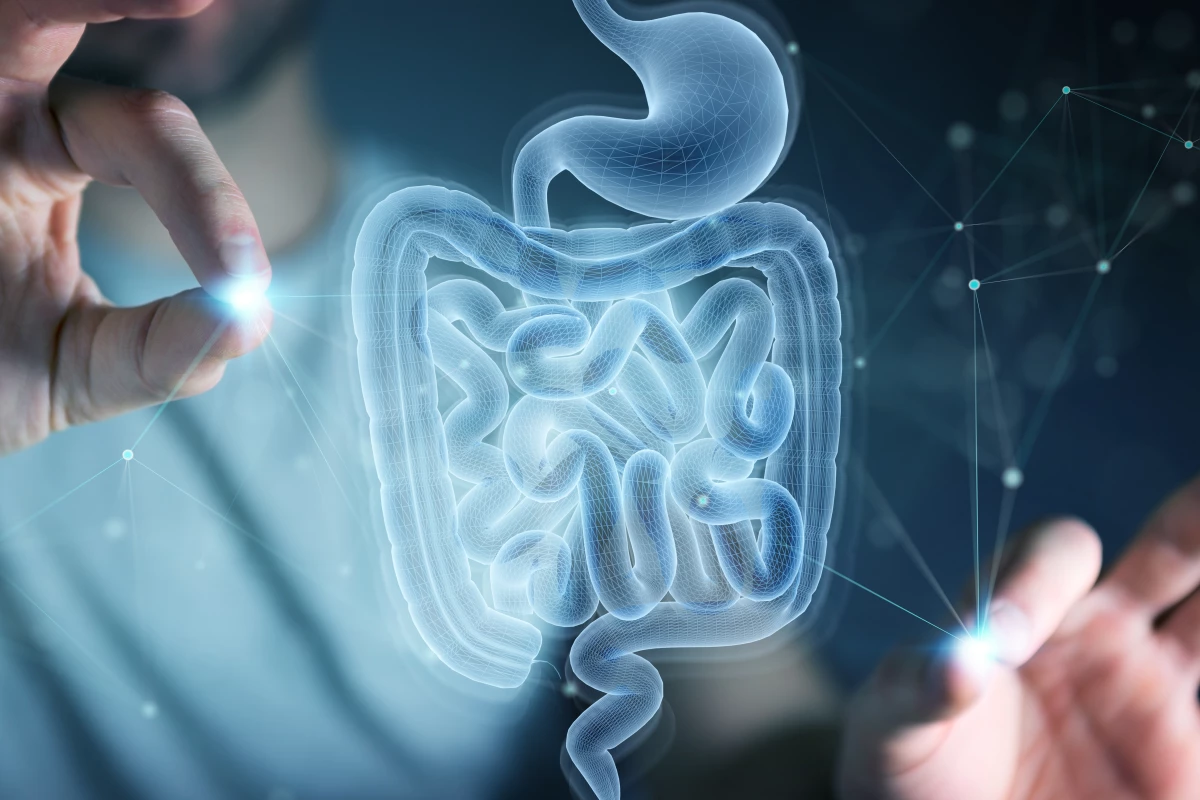Scientists are only just scratching the surface of the power that the gut’s microbiome holds. It’s already been linked to memory, depression and mood, and shifts in its bacterial makeup offers clues to the development of prediabetes and multiple sclerosis.
Now, researchers have found that intestinal immunity cells are actually recruited by other parts of the body and venture beyond the gut to help repair muscle injuries and damaged liver tissue.
What’s more, these new findings came about by chance when, during routine cataloguing, researchers at Harvard Medical School (HMS) found a specific class of T cells – Tregs – among muscle cells. Tregs are normally found in the colon to help maintain gut health and are rarely seen outside the small and large intestines.
“I stumbled upon some cells that looked very similar and had all the same features of Tregs that derive from the gut,” said Bola Hanna, co-author of the study and research fellow in immunology at HMS. “This caught our attention because we know these cells are produced in the gut and are shaped by the microbiota.”
Using light-tagged colonic Tregs in mice, the scientists were able to observe for the first time these cells traveling out of the gut and around the body and into the animal’s muscles. Through further studies, they were able to determine that the Tregs were not only assisting in mending injured muscle, but when they were absent, the recovered tissue showed much more inflammation and scarring.
Further investigation showed that by suppressing an inflammatory signal called IL-17 after inflammation had done its job at the injured site, Tregs helped the muscle heal better.
“When muscles are healing, you need a certain dose of inflammation within a certain time frame,” Hanna said. “And in the absence of these gut-derived regulatory T cells, we found that the degree of inflammation gets higher and extends for longer, and you end up having inferior repair.”
Further investigation found that the intestinal Tregs were also on patrol in the liver, kidneys and spleen, albeit in lower amounts. When their numbers were boosted in the liver, a similar process of inflammation regulation occurred and the healed tissue showed less scarring than when they were absent, and scientists believe this has therapeutic possibilities for conditions such as fatty liver disease.
“Our observations indicate that gut microbes drive the production of a class of regulatory T cells that are constantly exiting the gut and act as sentries that sense damage at distant sites in the body and then act as emissaries to repair that damage,” said Diane Mathis, co-author and professor of immunology in the Blavatnik Institute at HMS.
These discoveries also underpin the importance of maintaining a healthy gut microbiome and raises questions about how antibiotics to treat musculoskeletal injuries affect the body’s natural healing processes.
“It is well known that antibiotics can eradicate beneficial gut microbes as collateral damage of their main function, which is to kill harmful bacteria,” Mathis said. “Our results further underscore the importance of judicious antibiotic use, which is important for many reasons that go well beyond muscle recovery.”
The study was published in the journal Immunity.
Source: Harvard Medical School





